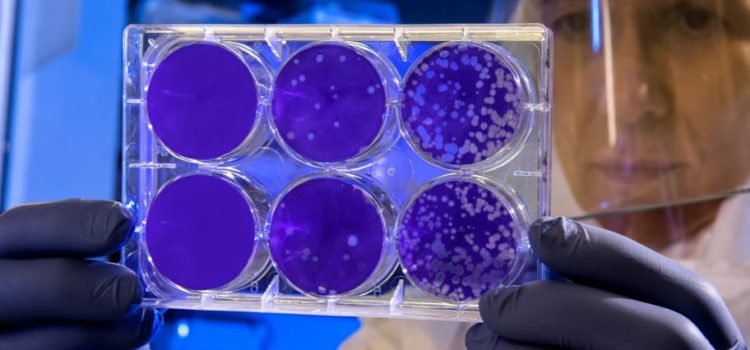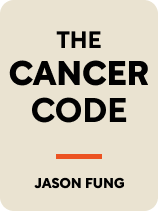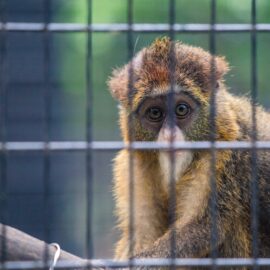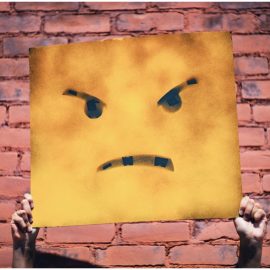

This article is an excerpt from the Shortform book guide to "The Cancer Code" by Jason Fung. Shortform has the world's best summaries and analyses of books you should be reading.
Like this article? Sign up for a free trial here.
How does cancer evolve from a single cell to a malignant tumor? Why is cancer so persistent in its efforts to survive and spread?
According to Dr. Jason Fung, cancer is ultimately a living species that operates by the same principles as all living organisms: It grows, feeds, reproduces, and fights for survival. Using this new model of cancer as a separate species, Fung describes cancer progression as a three-phase process.
Here’s how cancer evolves and becomes malignant.
Phase 1: Carcinogens Drive Cellular Evolution
There are countless known carcinogens, and those carcinogens cause damage that the body sometimes repairs incorrectly. However, Fung says that viewing cancer as an evolving species provides a more complete explanation of how carcinogens work: carcinogens create evolutionary pressure at the cellular level.
Every known carcinogen causes some kind of damage—the sun damages your skin, tobacco smoke damages your lungs, and so on. The damage isn’t serious enough to kill every cell the carcinogen reaches, but it does kill some of them, leaving the surviving cells to reproduce. The cells most likely to survive are those with the traits of cancer: rapid reproduction, the ability to ignore signals that trigger cell death, the ability to co-opt the body’s resources for their own survival, and so on.
In short, cells evolve cancerous traits because they’re very effective survival mechanisms.
Phase 2: Growth Factors Drive Cellular Reproduction
Growth factors are naturally-occurring chemicals and proteins that, as the name suggests, stimulate cell growth and cell division. Every multicellular organism needs growth factors; however, since rapid cell growth is the primary hallmark of cancer, growth factors create an ideal environment for cancerous cells to flourish. More cells also mean more mutations—more genetic diversity—which helps to prepare the cancerous “species” for the next step in its evolution.
The body’s growth factors are controlled by nutrient sensors that detect the presence or absence of various nutrients in the body. When nutrients are plentiful, the growth factors activate; when nutrients are scarce, the growth factors deactivate so the body can focus on conserving energy and culling damaged cells.
According to Fung, growth factors and nutrient sensors explain why cancer is so much more prevalent in Western countries: Our diets contain a lot of processed foods with easily-accessible nutrients, meaning those growth factors are almost always active. As a result, our bodies create cells more rapidly and destroy mutated cells more slowly than usual.

———End of Preview———
Like what you just read? Read the rest of the world's best book summary and analysis of Jason Fung's "The Cancer Code" at Shortform.
Here's what you'll find in our full The Cancer Code summary:
- A guide on what cancer is and how it works
- A deep dive into the three different models of cancer
- Why there is hope for the future of cancer treatments






